Hi there, pet lovers! 🦎
Horned lizards (Phrynosoma spp.), often called “horny toads” (though they’re not toads at all), are some of the most fascinating reptiles in North America. With their spiky armor, incredible camouflage, and bizarre defense mechanism—squirting blood from their eyes—they look like miniature dinosaurs. But are they good pets?
The truth is, horned lizards are not ideal for most reptile keepers. Their specialized diet, sensitivity to stress, and unique care requirements make them a challenge even for experienced hobbyists. However, their undeniable cool factor means many people are curious about keeping them. This review covers everything you need to know before deciding if a horned lizard is right for you.
Overview
Horned lizards are small, desert-adapted reptiles known for their flattened bodies, spiky appearance, and remarkable camouflage. Here’s a quick summary of what makes them unique—and difficult to keep:
- Handling & Temperament: Not handleable; easily stressed and may squirt blood as a defense.
- Care & Maintenance: Extremely high-maintenance due to their ant-dependent diet.
- Health & Durability: Delicate in captivity; prone to health issues without perfect conditions.
- Availability: Rare in the pet trade; most are wild-caught (which is unethical).
- Cost: Moderate initial setup, but feeding costs can be exorbitant.
- Overall: Best observed in the wild or through conservation programs—not recommended as pets for most people.
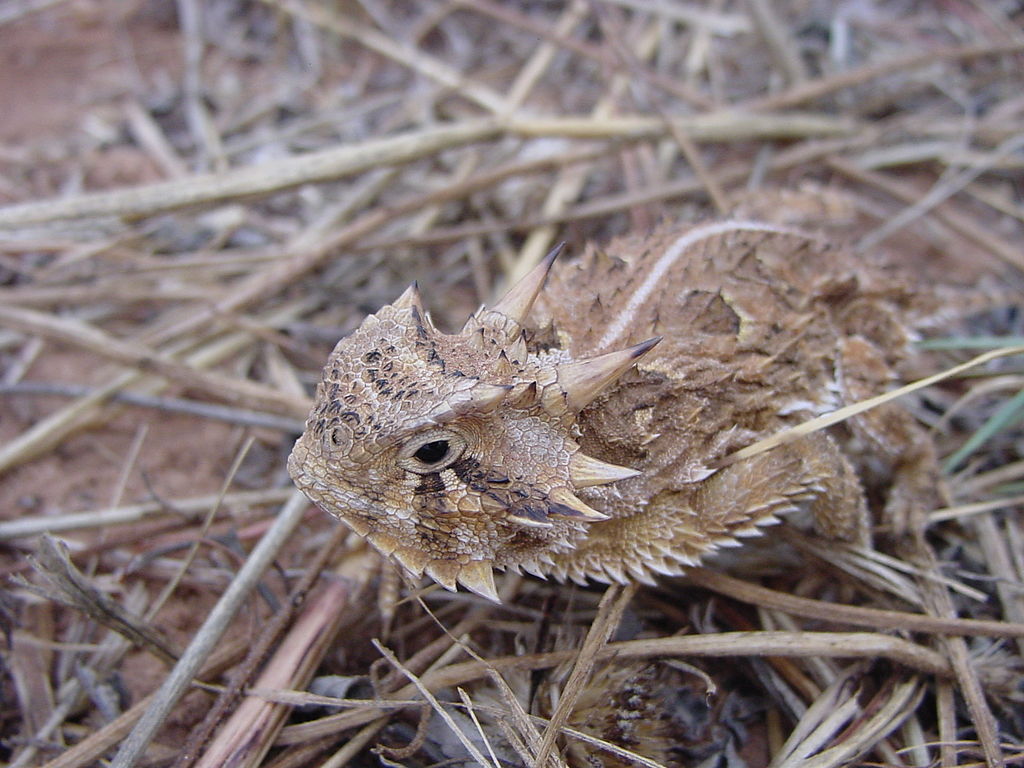
Why Choose a Horned Lizard?
Horned lizards are mesmerizing creatures, but they are not beginner-friendly pets. They are best suited for:
- Specialized keepers with experience in difficult reptiles.
- Ant enthusiasts who can maintain a harvester ant colony.
- Observation-focused owners who don’t need a hands-on pet.
If you simply love their appearance but want a more manageable pet, consider bearded dragons or uromastyx—they offer a similar “desert lizard” aesthetic without the extreme care demands.
Handling and Temperament
Not a Pet for Handling
Horned lizards are not interactive pets. Unlike bearded dragons or leopard geckos, they do not tolerate handling well. When picked up, they typically:
- Freeze in place, relying on camouflage.
- Run away in short bursts.
- Squirt blood from their eyes if extremely stressed (harmless to humans but distressing for the lizard).
They do not bite or scratch, but they derive no enjoyment from human interaction. If you want a lizard you can hold, this is not the species for you.
Stress Sensitivity
These lizards are easily stressed by:
- Frequent handling.
- Loud noises or vibrations.
- Improper temperatures or humidity.
For their well-being, they should be left alone as display animals.
Care and Maintenance
The Biggest Challenge: Their Diet
Horned lizards primarily eat harvester ants in the wild. In captivity, this creates major hurdles:
- Harvester ants are difficult to source—most pet stores don’t sell them.
- They need 50-100 ants per day, making feeding expensive and labor-intensive.
- Alternative diets (like formic acid-dusted crickets) often fail—many lizards refuse them.
Without a steady ant supply, they will starve. Some keepers maintain ant colonies, but this adds another layer of complexity.
Enclosure Setup
- Tank Size: Minimum 20-gallon long (more space is better).
- Substrate: Fine sand (avoid calcium sand, which can cause impaction).
- Temperature:
- Basking spot: 100°F (38°C)
- Cool side: 75-80°F (24-27°C)
- UVB Lighting: Essential for their health (desert-strength 10.0 UVB).
- Hides & Decor: Rocks, low branches, and shallow burrows for security.
Humidity & Hydration
- Low humidity (desert conditions).
- Shallow water dish (they rarely drink from bowls; some may prefer misting).
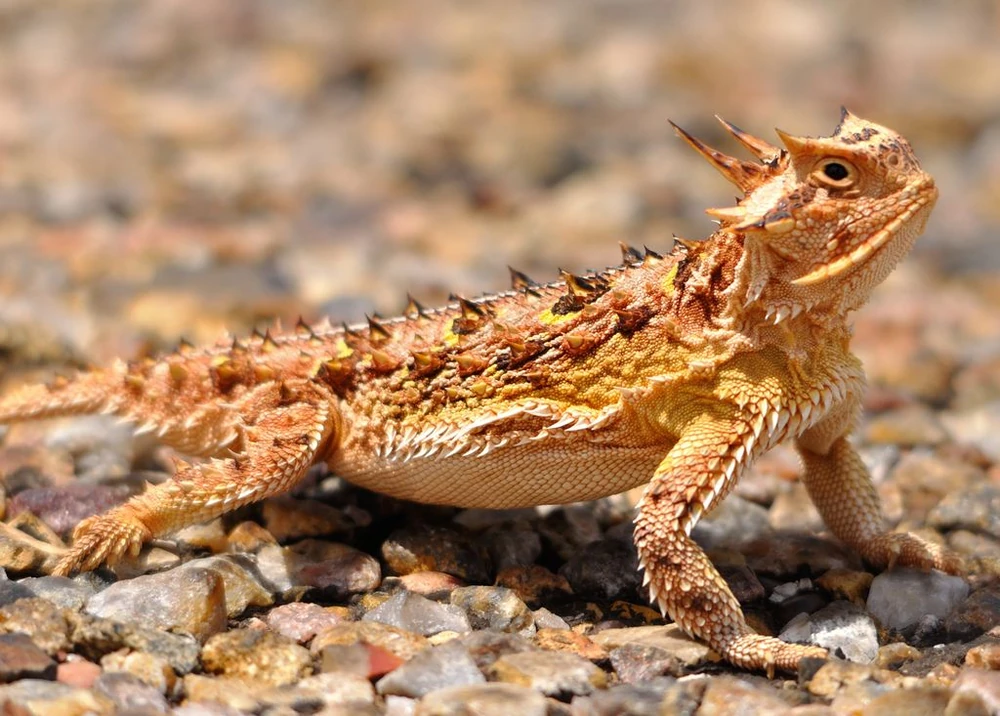
Health and Durability
Common Health Issues
- Malnutrition (from improper diet).
- Dehydration (if humidity is too low).
- Respiratory infections (if enclosure is too damp).
- Stress-related illnesses (from excessive handling).
Lifespan in Captivity
- Wild horned lizards: 5-8 years.
- Captive horned lizards: Often shorter due to dietary challenges.
Without perfect care, they decline rapidly.
Availability and Cost
Where to Find Them?
- Rare in pet stores (most are wild-caught, which is unethical).
- Occasionally at reptile expos (look for captive-bred specimens).
- Specialty breeders (very few exist).
Cost Breakdown
- Lizard itself: $50 to $200 (depending on species).
- Enclosure setup: $200 to $400 (tank, heating, UVB, substrate).
- Ongoing ant costs: $10 to $20 per week (if buying live ants).
Total cost over 5 years? Potentially thousands.
Pros and Cons
Pros
- Unbelievably unique appearance.
- Fascinating behaviors (camouflage, blood-squirting).
- Quiet and low-odor (unlike mammals).
Cons
- Extremely difficult diet (must have ants).
- Not handleable or interactive.
- Sensitive to stress and environmental changes.
- Expensive long-term upkeep.

Final Thoughts
Horned lizards are incredible animals, but they do not thrive in captivity. Their specialized needs make them a poor choice for most reptile keepers.
Who Should Get One?
- Dedicated experts with ant colonies.
- Educational facilities (zoos, nature centers).
- Observation-only keepers who don’t mind minimal interaction.
For everyone else, we strongly recommend admiring them in the wild or opting for a more manageable desert lizard like a bearded dragon.
Have you ever seen a horned lizard in the wild? Share your experiences below!
For more reptile care tips and reviews, stay tuned to our blog and don’t forget to subscribe to our newsletter! 🦎

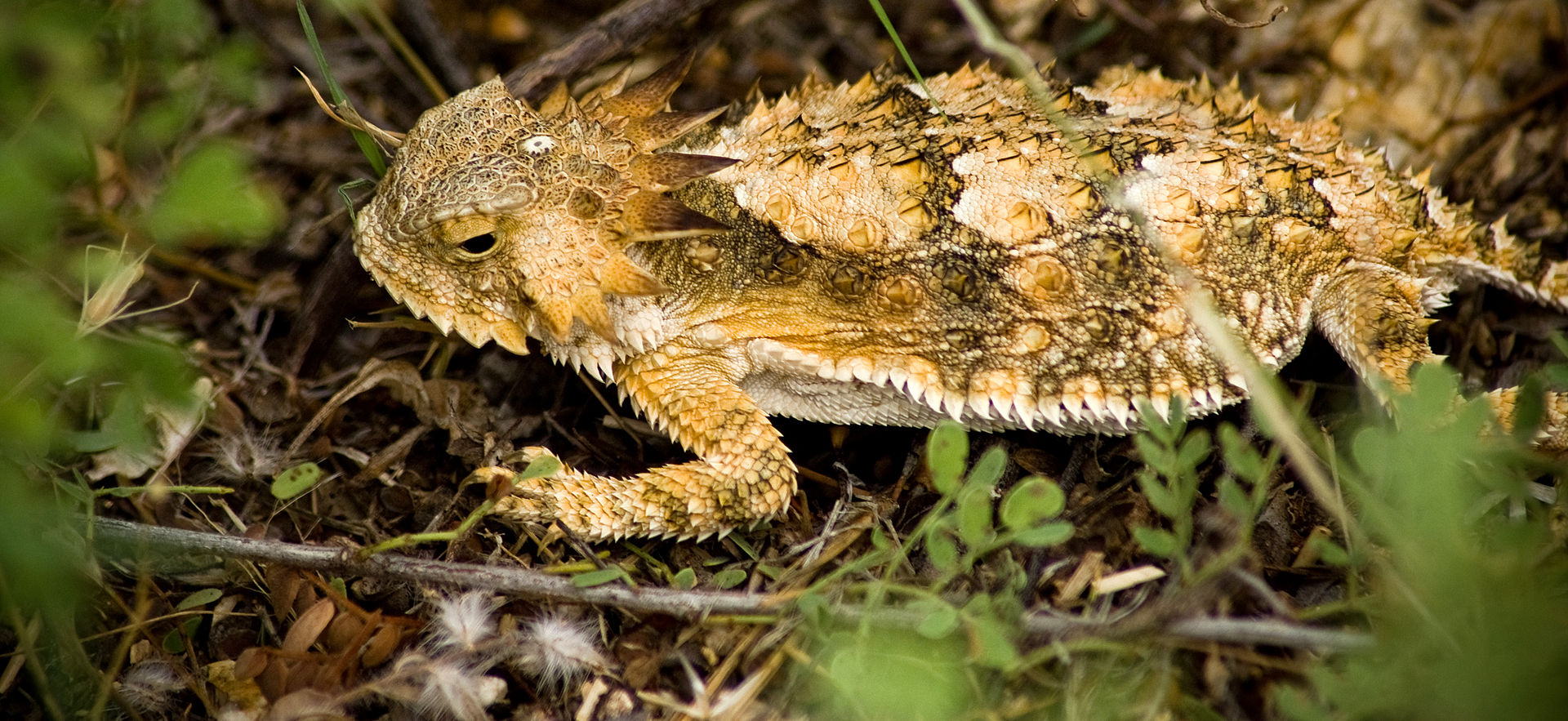

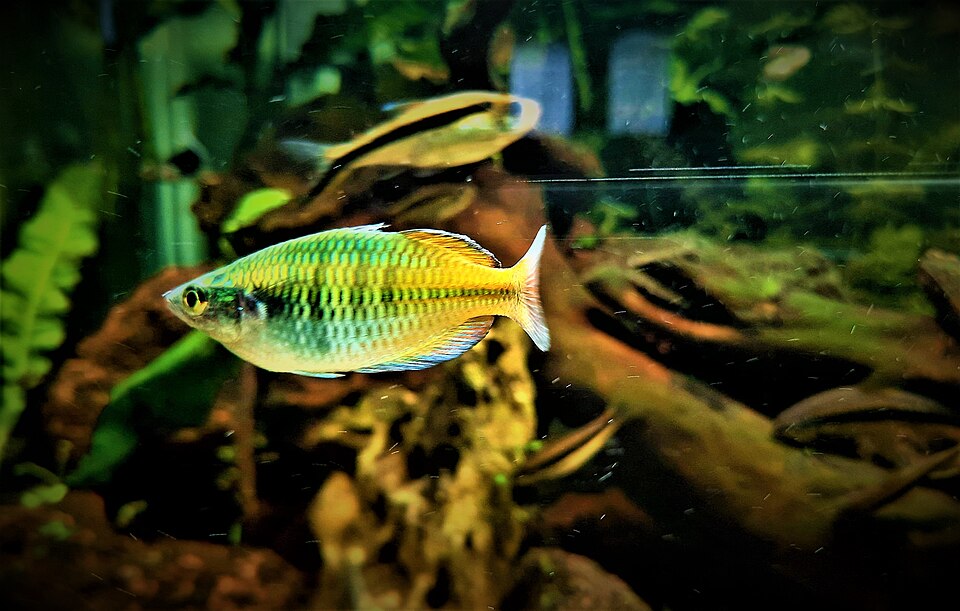
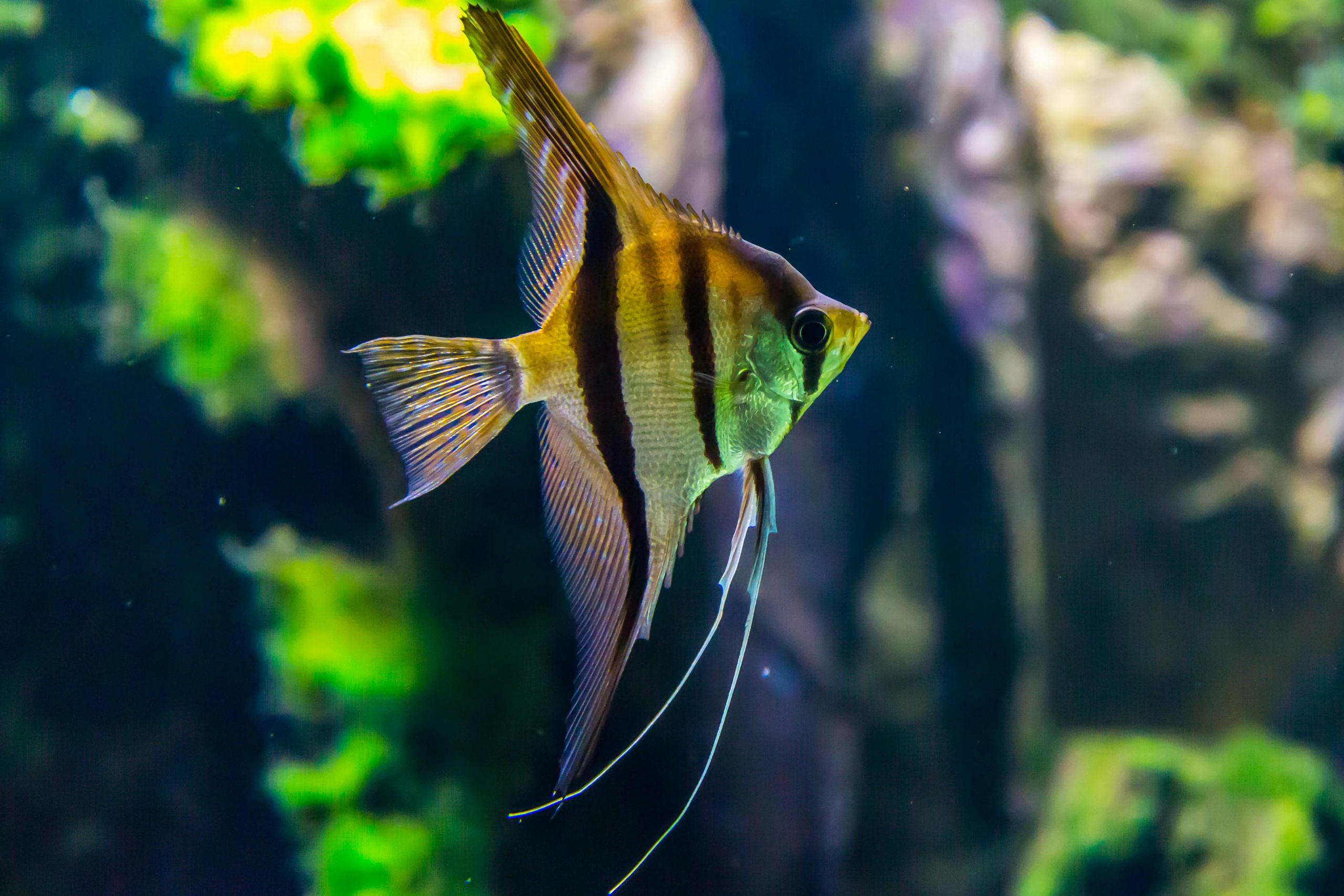
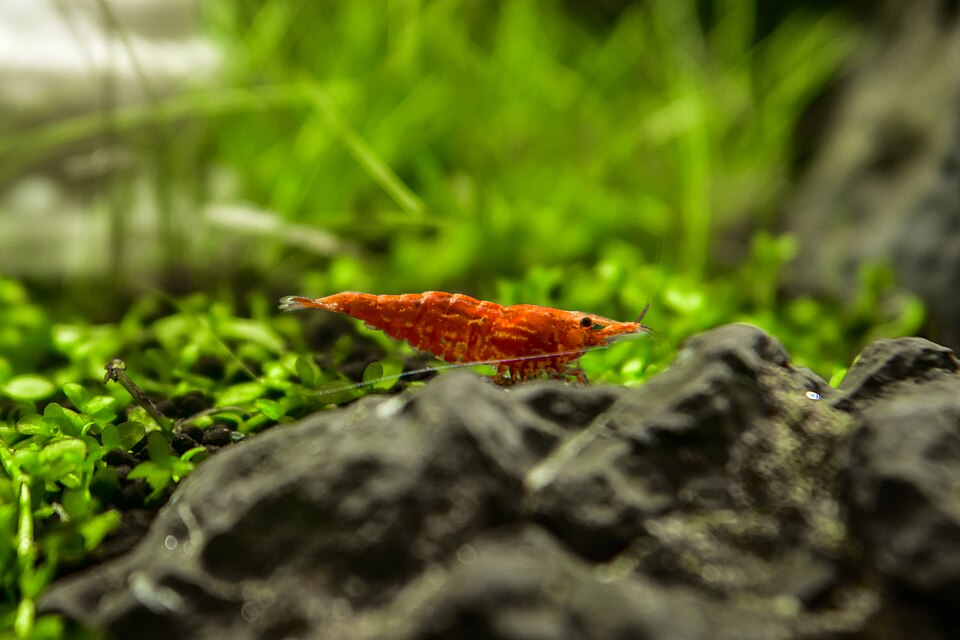

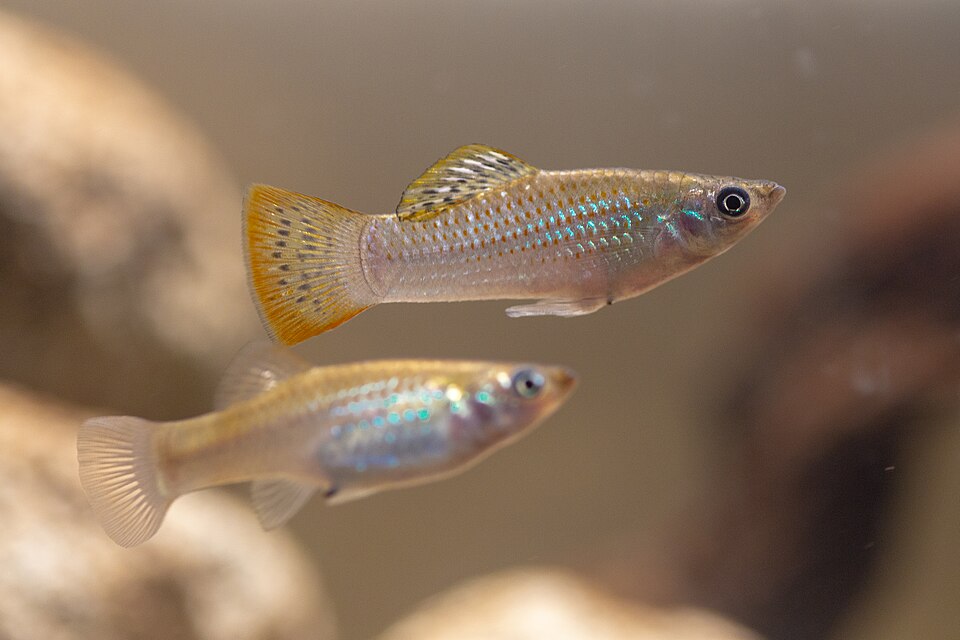
Leave a Reply